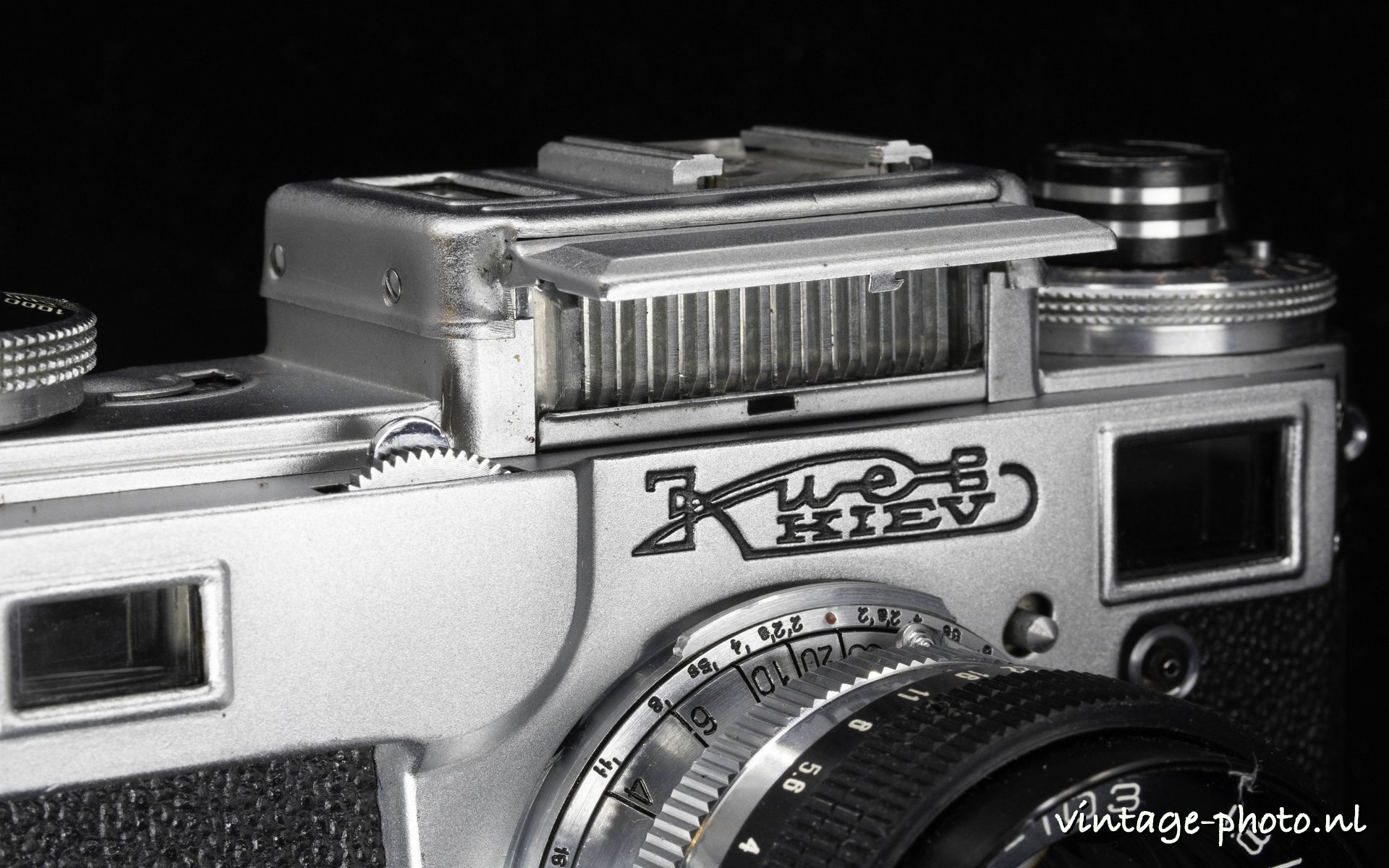The Kiev 4M was originally a Russian camera, since Kiev in the late 1970s belonged to the Ukrainian part of the USSR. It is the fourth model from the Arsenal factory, a then-popular clone of the Contax. Better? No — but many times cheaper, and actually not that bad, because even today you can shoot beautiful vintage photos with it, thanks to the included fantastic yet eccentric Helios-103 53mm f/1.8 lens.
Today, the Kiev 4M is appreciated by collectors and film enthusiasts who want a cheap entry into Contax-style rangefinders and a taste of Soviet camera history. It is affordable, solid build (though quality control varied), produces unique vintage images and the lenses are highly regarded. The Kiev series (Kiev II, III, 4, 4A, 4M, etc.) were direct descendants of the Zeiss Contax II/III cameras, which after WWII, the Soviets took machinery, parts, and designs from the Zeiss Ikon factory in Dresden. The 4M (4th model) was the last one including a light meter in the late seventies. After the fall of the USSR, Arsenal’s camera production gradually wound down during the 1990s and 2000s. By the early 2010s, the factory had effectively ceased making cameras, though some Kiev-branded models were still assembled from leftover stock for collectors.
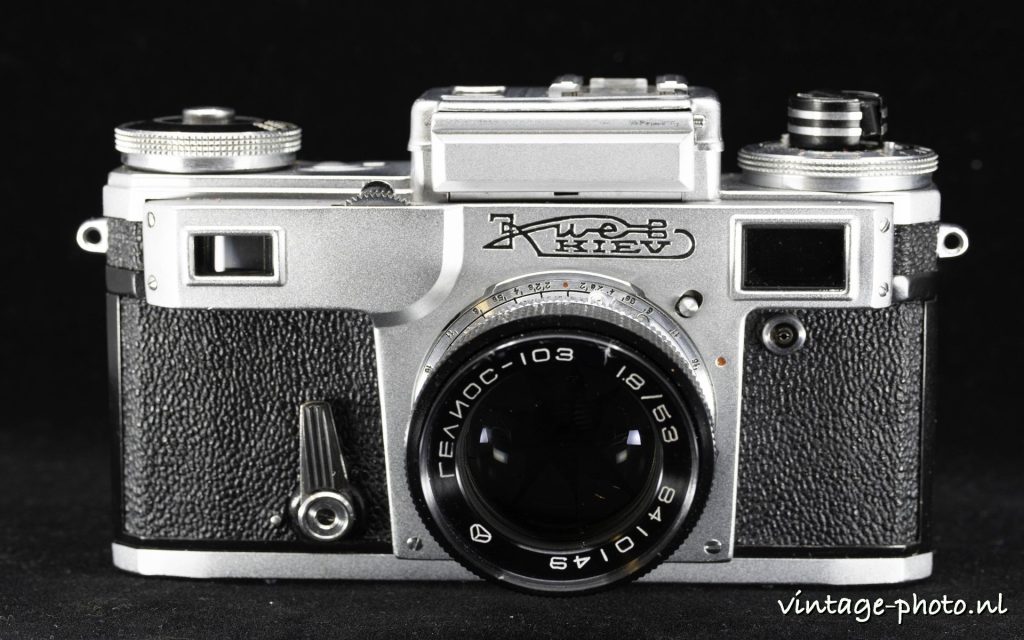
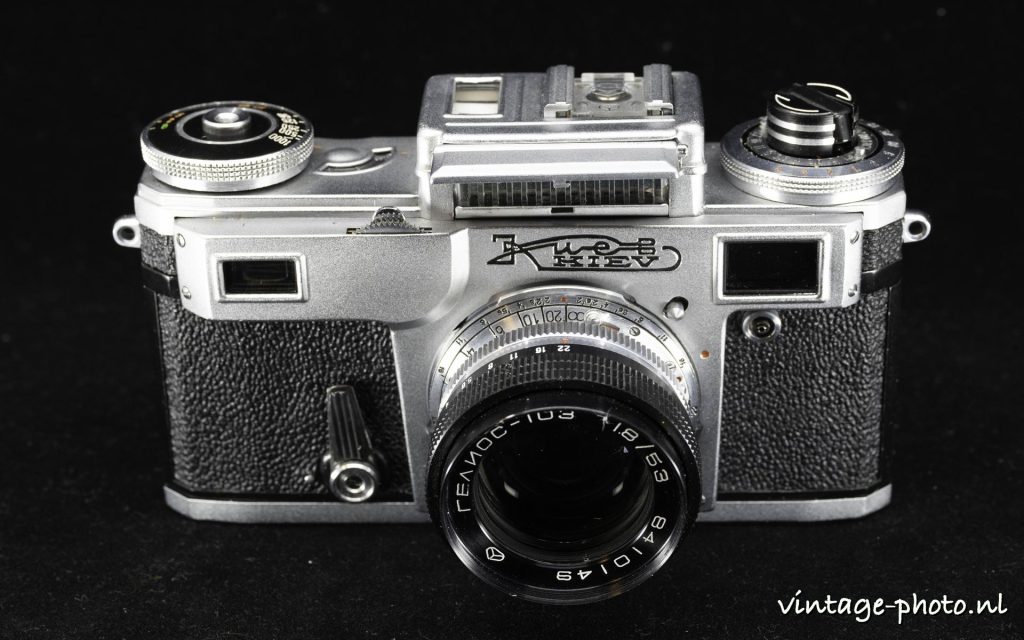
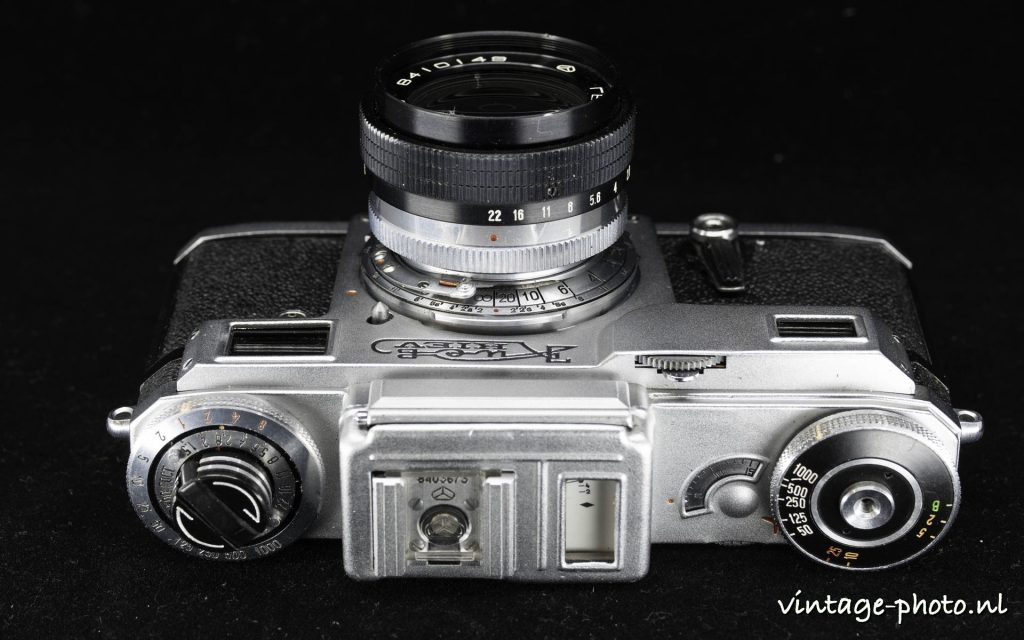
Today, the Arsenal Camera Factory is remembered as one of the Soviet Union’s premier camera makers, producing some of the most famous (and infamous) “Soviet Contax” and “Soviet Hasselblad” clones.
The Kiev 4M came fitted with either the well-regarded Jupiter-8M 53mm f/2 standard lens or the faster Helios-103 53mm f/1.8. Both lenses used the Contax bayonet mount and offered an aperture range from f/2 to f/22, with focusing from 0.9m to infinity. Filters could be mounted using a 40.5mm thread or a 42mm slip-on ring, and a small lever behind the lens released it from the mount.
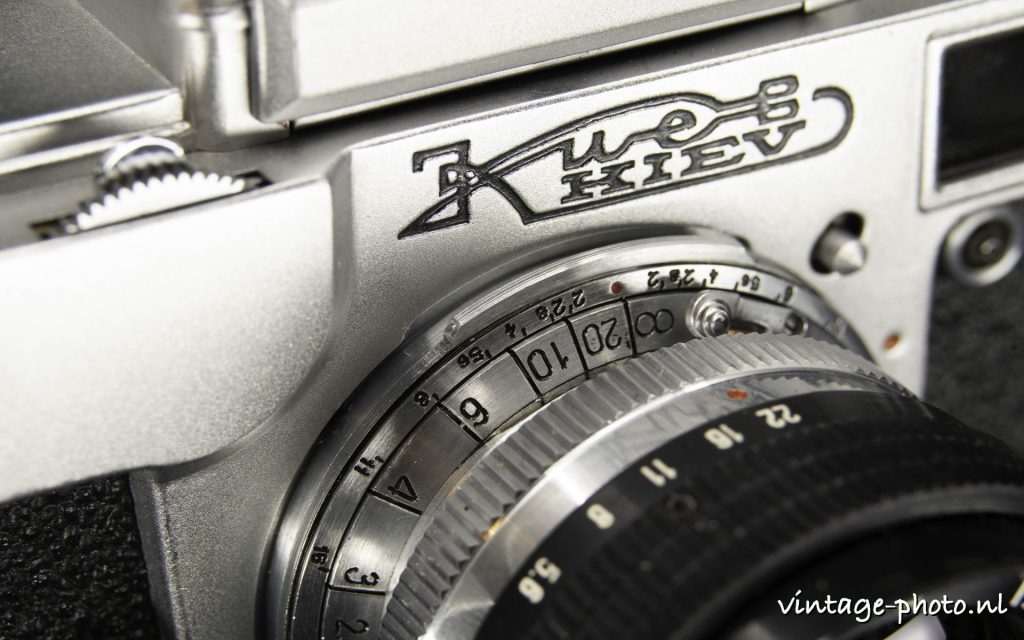
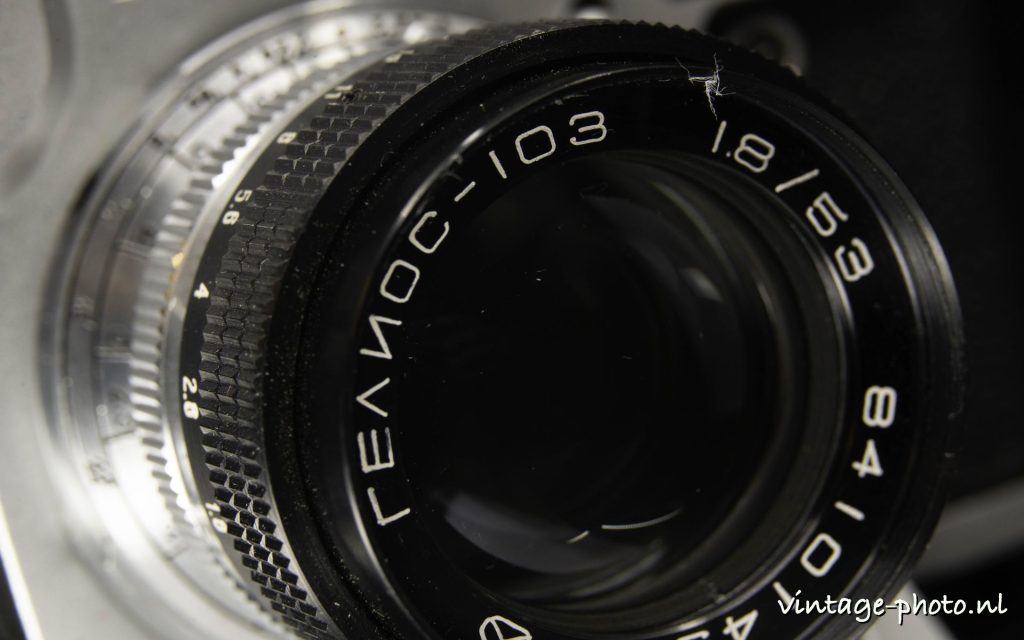
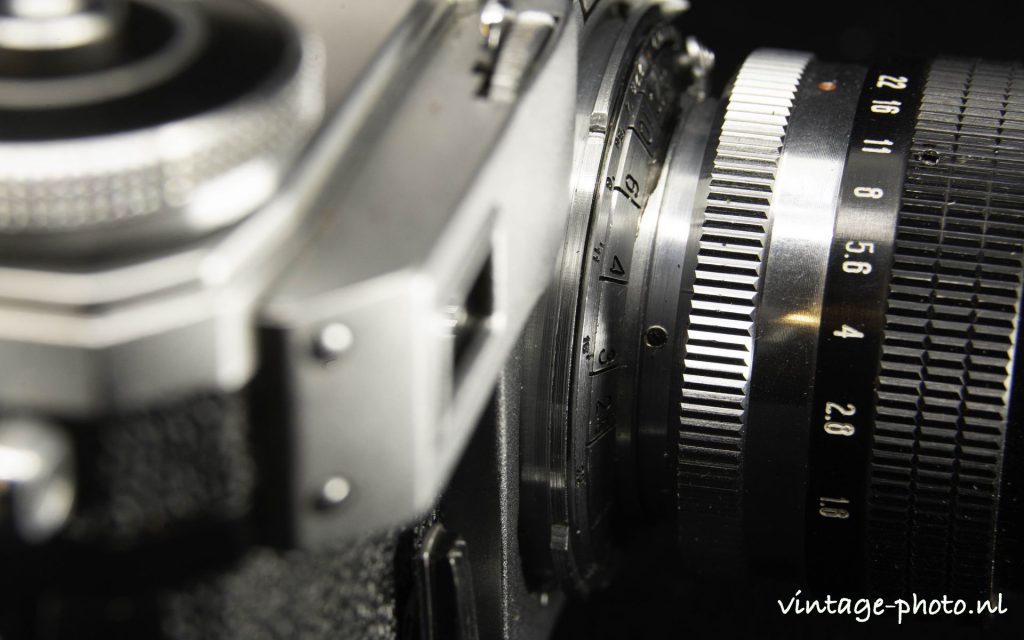
Focusing was achieved through the coupled rangefinder system, either by turning the lens barrel or by using a distinctive focusing wheel on the front of the body. The focus locked at infinity, and a small knob just behind the wheel released it for closer distances.
The shutter is a vertically-traveling focal-plane design with hinged metal curtains—sturdy, if somewhat noisy. Speeds ran from 2 seconds to 1/1000 second, plus Bulb, all controlled from a pull-and-turn dial on the film advance knob. The same knob also wound the film, and it had to be rotated fully until it locked into place.
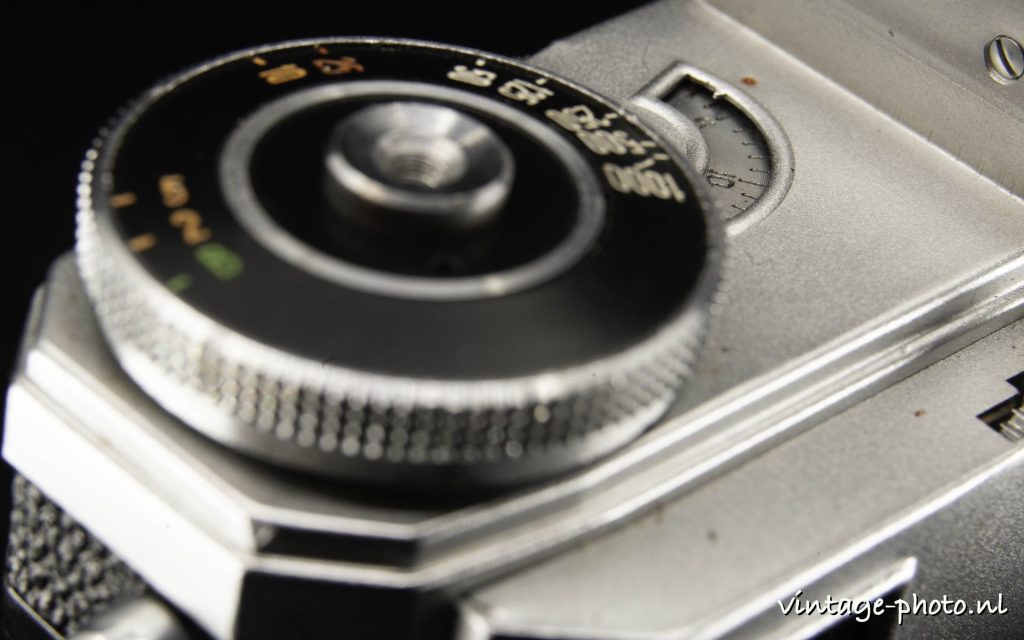
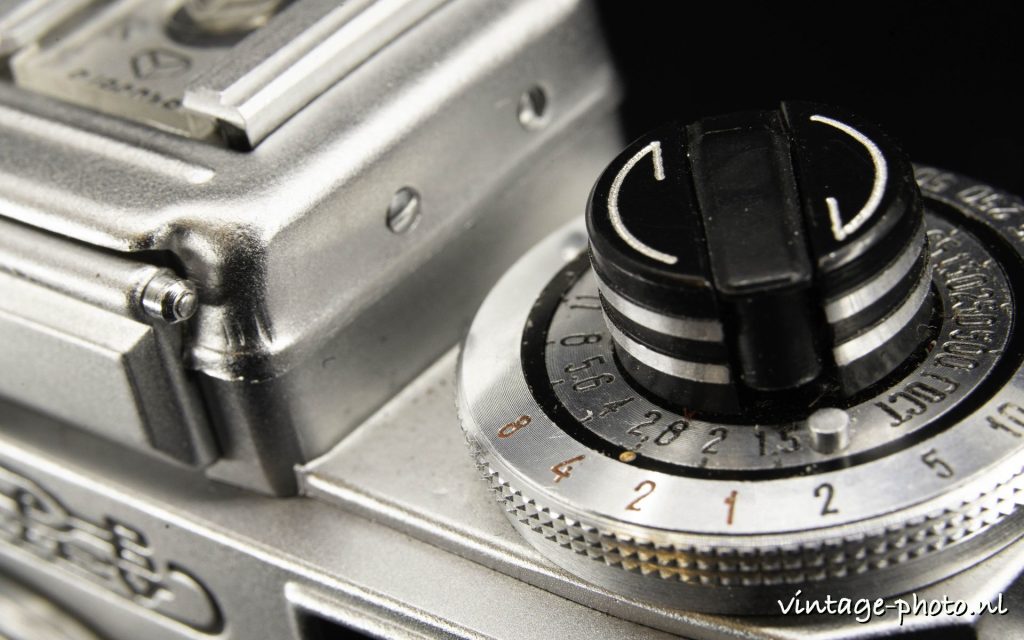
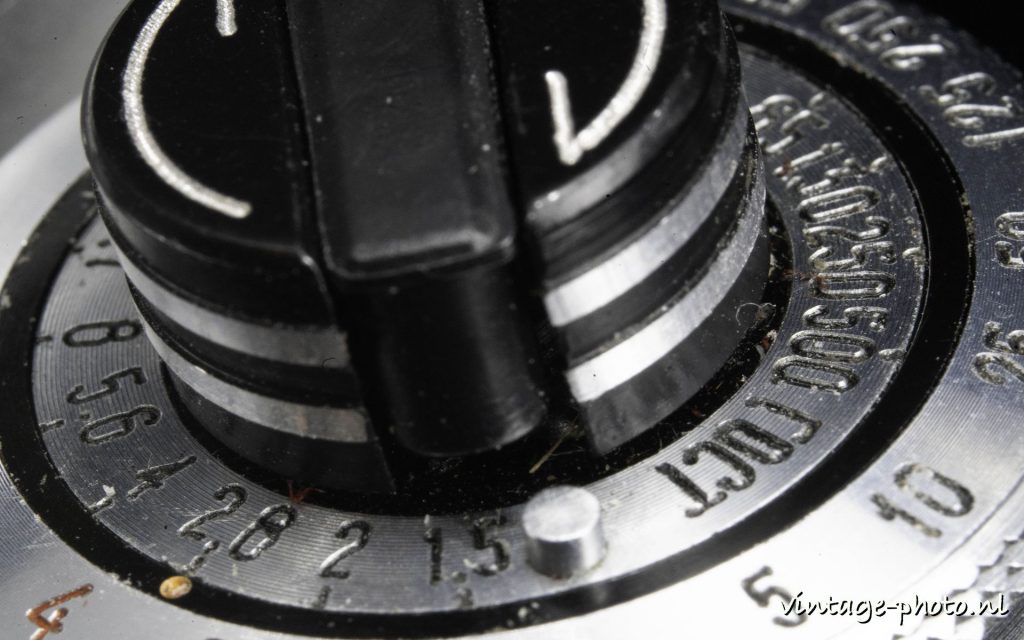
The viewfinder and rangefinder were combined into one large, bright eyepiece, making composition easier than on many earlier Soviet cameras. Exposure was aided by an uncoupled selenium light meter, a small but surprisingly sensitive unit hidden under a protective lid. Meter readings were matched using a simple needle-and-mark system, with adjustments made via a rather complex dial around the rewind lever. This dial displayed GOST (the Soviet ASA system), shutter speeds, and apertures, along with multiplier settings for difficult lighting.
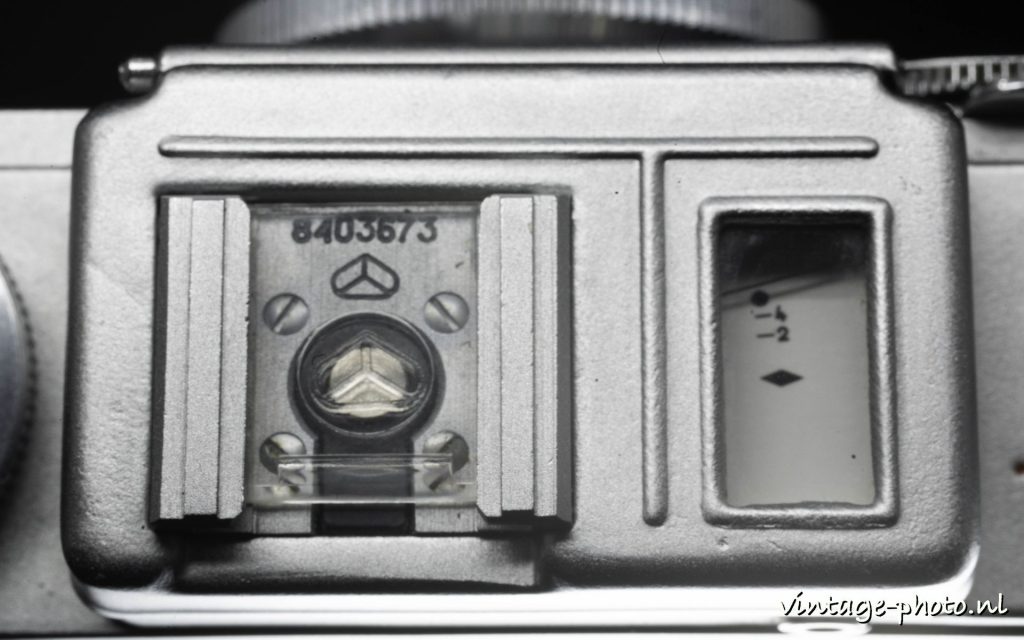
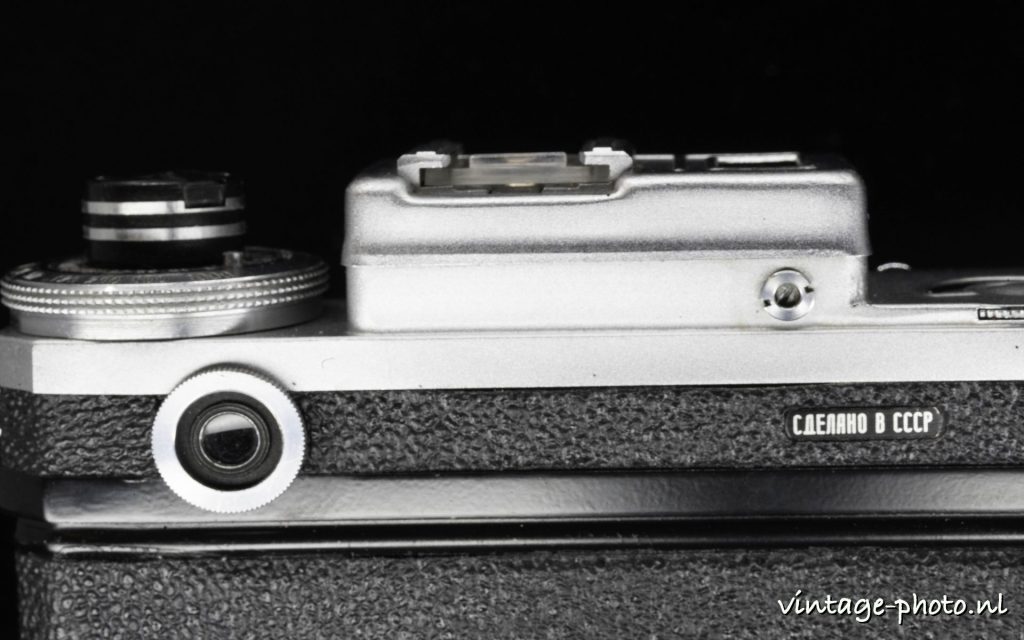
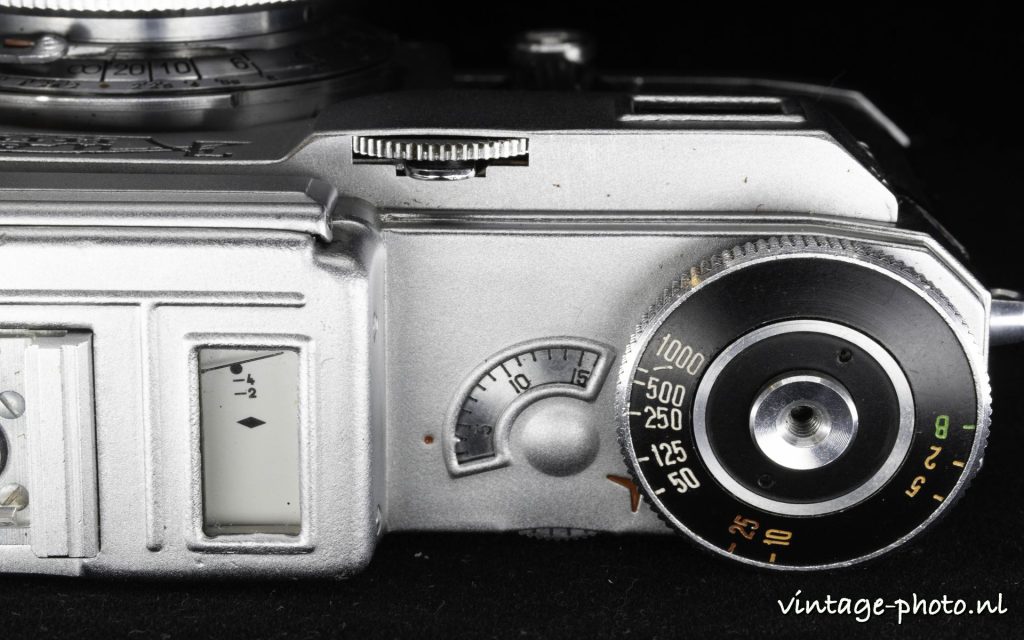
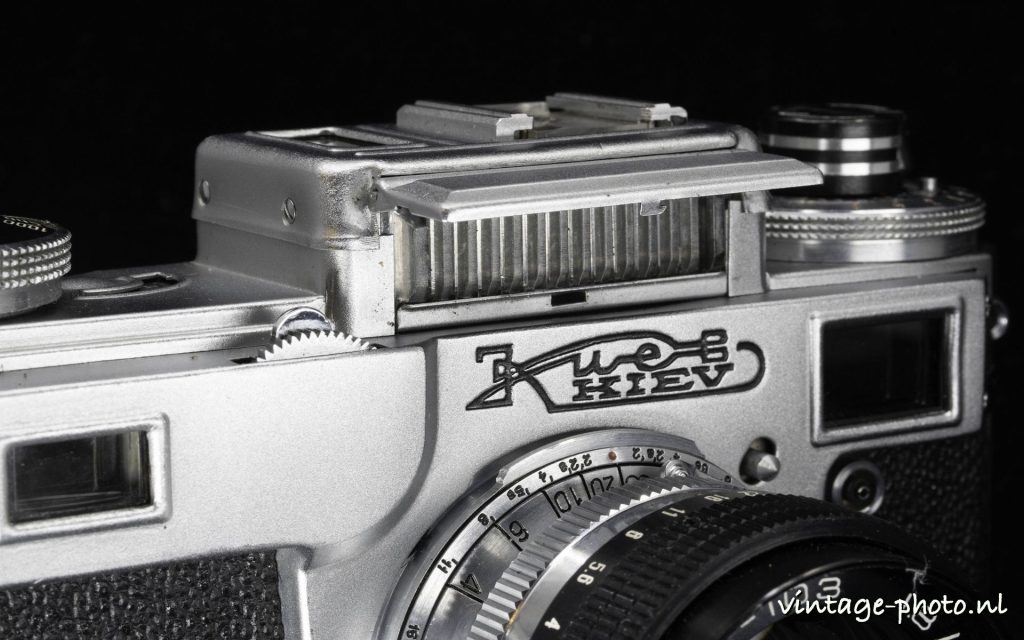
As a system camera, the Kiev 4M was practical: it offered a hot shoe, flash sync at 1/25s or slower, a mechanical self-timer, a ¼-inch tripod socket, and sturdy strap lugs. The back cover and base plate came off as a single piece, locked by keys on the bottom, making film loading more straightforward than on earlier Contax models.
The Kiev 4M is no lightweight, but it carries a reassuring solidity. The serial number is engraved on the hot shoe, with the first two digits indicating its year of production—a useful detail for collectors.
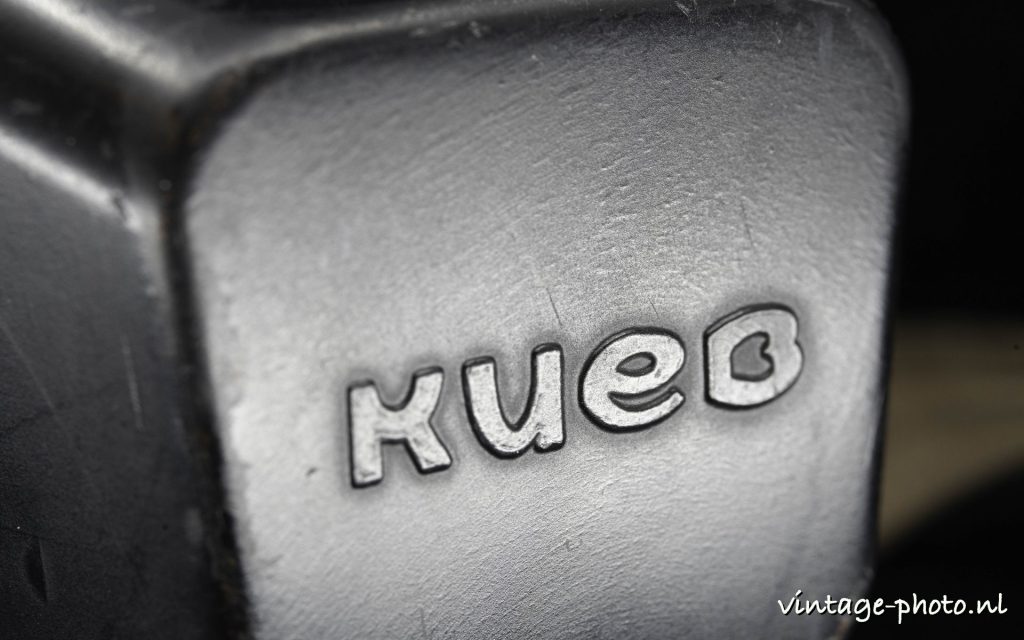
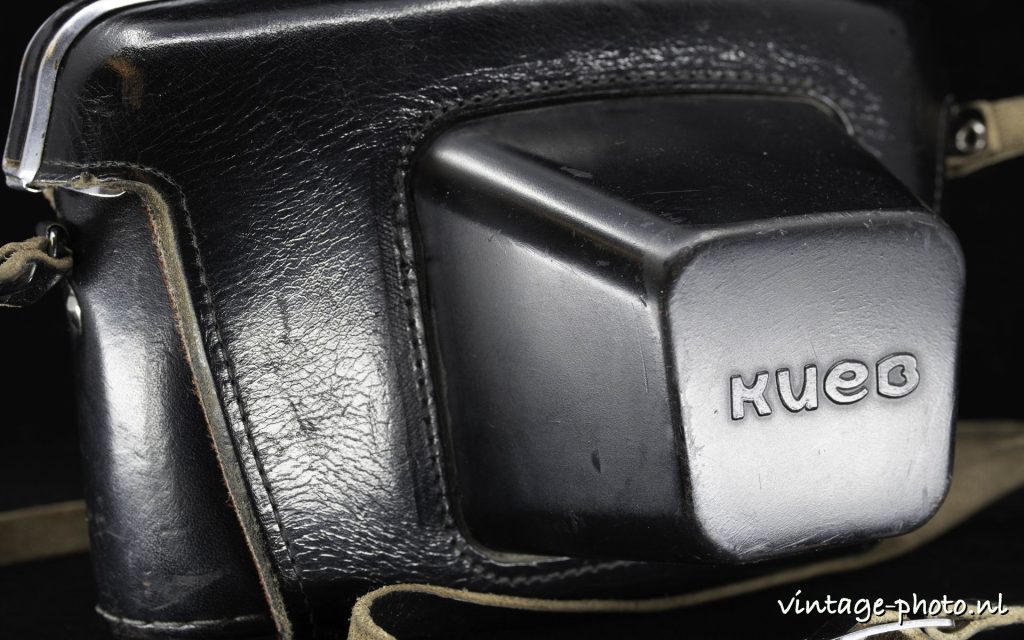
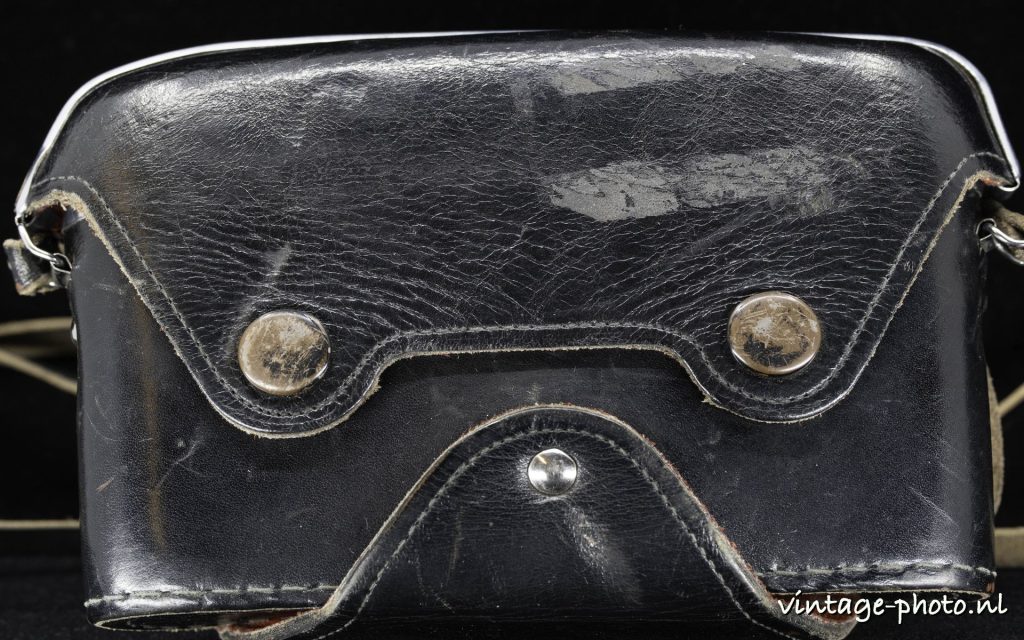
✨ In short: the Kiev 4M may not have matched the finesse of its German ancestor, but it offered a rugged, affordable alternative. Today, it remains a fascinating piece of Soviet photographic history, capable of producing charmingly vintage images when paired with its classic lenses.
I must admit that the camera shows a strong resemblance in both design and handling to the Contax, which I also own. But it’s really the lens that adds that little extra touch to the overall vintage character.

